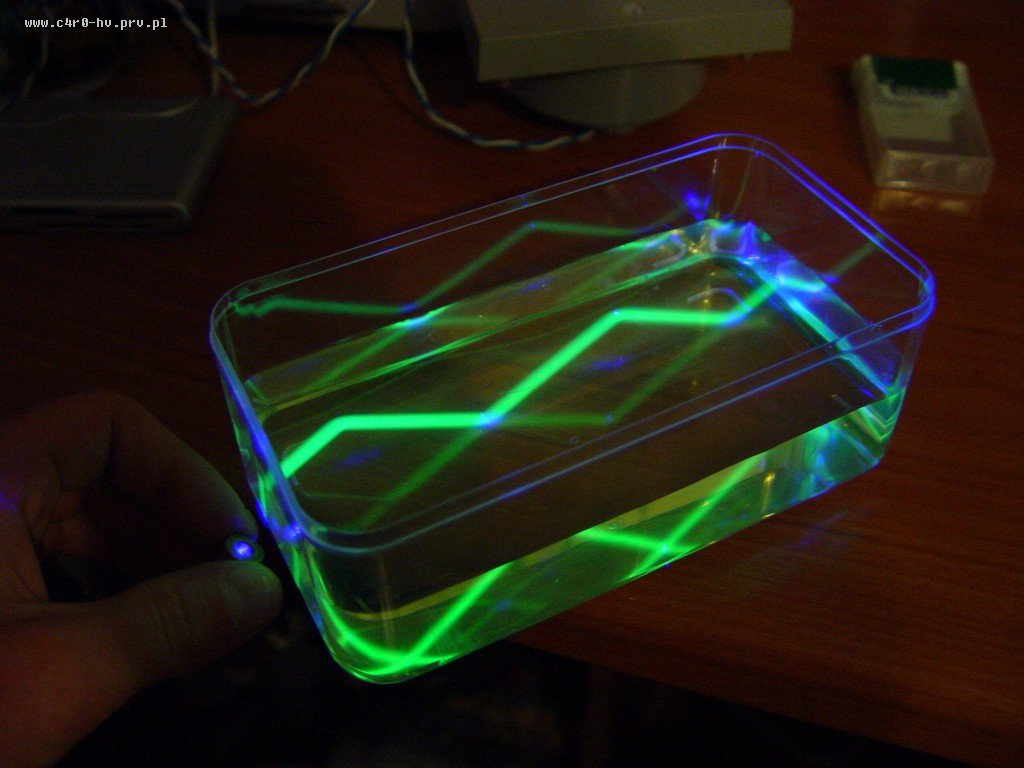The optical properties of a tissue affect both diagnostic and therapeutic applications of light. The ability of light to penetrate a tissue, interrogate the tissue components, and then escape the tissue for detection is key to diagnostic applications. The ability of light to penetrate a tissue and deposit energy via the optical absorption properties of the tissue is key to therapeutic applications. Hence, specifying the optical properties of a tissue is the first step toward properly designing devices, interpreting diagnostic measurements or planning therapeutic protocols.
However, researchers using light to explore biological tissues always face the problem of scattering in opaque media—a problem that limits the light’s penetration depth.
Now, a multinational research team suggests a novel solution: use the living cells suspended in the medium to create an optical pipe that allows light to penetrate to greater depth.
Zhigang Chen at San Francisco State University and colleagues shone a green laser at moderate power through a suspension containing a common strain of cyanobacteria, and found the microbes, driven by a combination of nonlinear optical effects, coalesced to form a needle-like waveguide that could transmit the light a distance of four centimeters through seawater, ordinarily a strongly scattering medium.
This boost
is the result of a previously known effect: light exerts a force on the cells because their refractive index differs from that of the seawater they are sitting in.In this case, the force pulls the cells toward the centre of the light beam. Once there, another force causes the cells to align along the direction of the beam while also pushing them away from the centre. This forms a bacteria “fibre” surrounding the beam, says Chen, which can act as a waveguide – constricting and guiding light travelling inside it. The effect lets the laser travel an extra few centimetres through the water.
Despite being hit by a high-power laser, most of the cyanobacteria survived. The team is now studying whether human red blood cells can produce a similar waveguide effect and survive the process. If so, it would open the technique up to medical applications, such as imaging through biological fluids.
“A drawback is that the effect only occurs at very high laser power,” says Christof Gebhardt, a biophysicist at Ulm University in Germany. This power level generally destroys mammalian cells, he says.






























